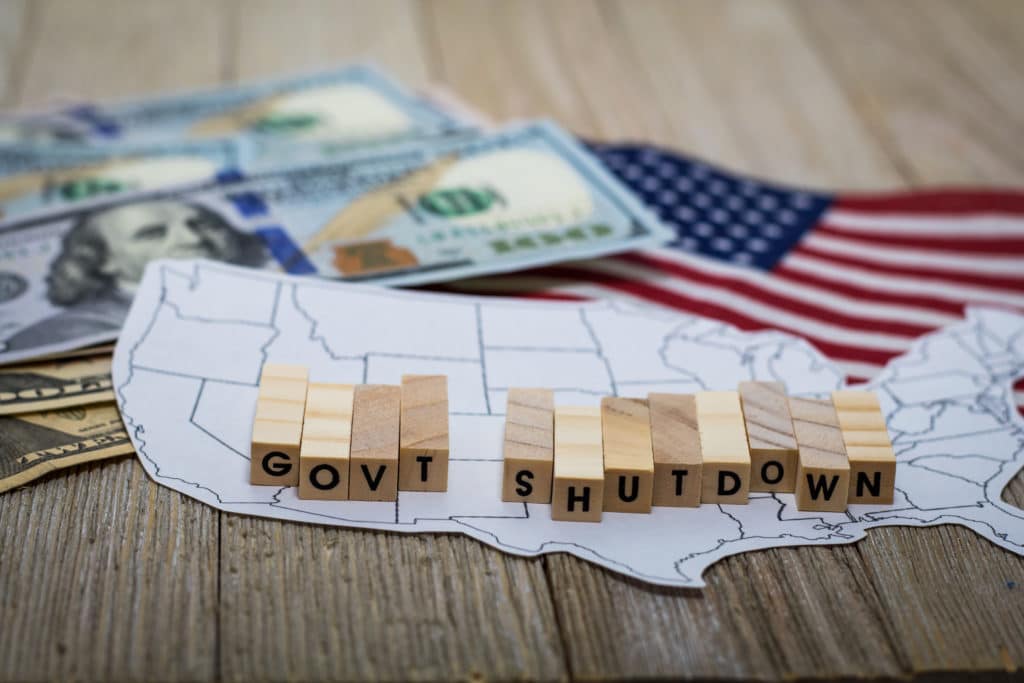Effects of the shutdown are becoming more pronounced by the day – immigration courts have already essentially slowed to a halt, and as time drags on there is an increasing likelihood of serious delays for many cases in federal district, bankruptcy and appellate courts.
Back in 2013, a 17-day government shutdown caused serious disruptions in the court system, according to the Administrative Office of the U.S. Courts. Shortly after the gridlock ended, Chief Judge Cecelia Morris of the U.S. Bankruptcy Court for the Southern District of New York likened the ordeal to a traffic jam.
“Some of our calendars are 200 pages thick,” Morris said. “Getting cases back on the calendar will be almost unmanageable.”
A 21-day shutdown in 1995 held the record for the nation’s longest shutdown until the current one passed its 22nd day on Saturday.
The Antideficiency Act ensures that federal government agencies don’t spend more money than they are appropriated, except in emergency situations where human life or property is at risk. For federal courts, that law will take effect on Friday, when they are expected to run out of funding.
In general, federal courts are far more crowded now than they were in either 2013 or 1995, and the more than 140 current judicial vacancies threaten to make the debacle even more cumbersome.
“Ultimately, the longer this goes on, the more people will recognize that they interact with the federal government — in some form or fashion — every day,” said Jeffrey A. Jenkins, political science professor at the University of Southern California and editor-in-chief of the Journal of Politics. “And they’ll start to be affected by the shutdown.”
Source: Law360
